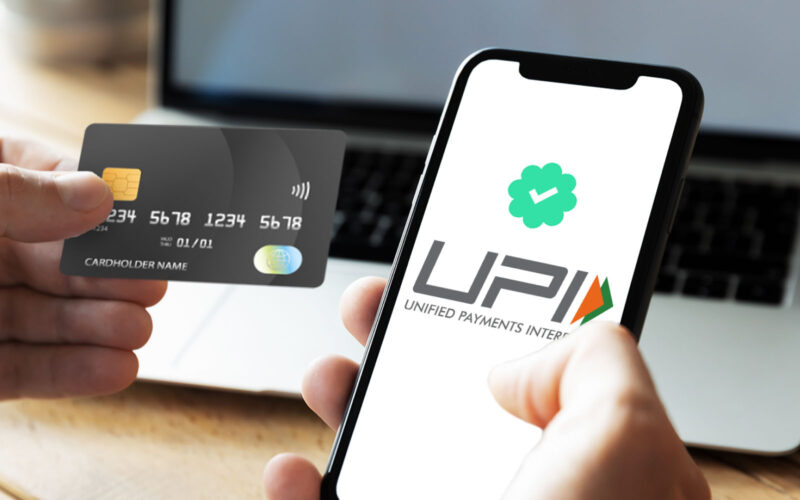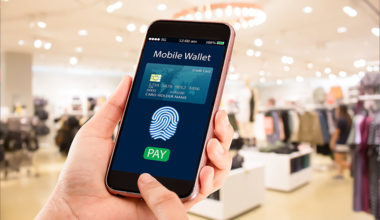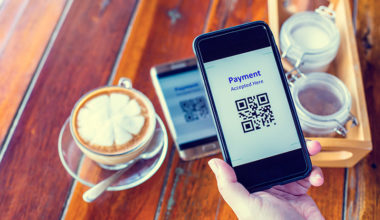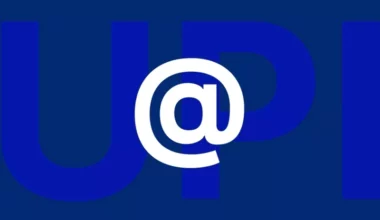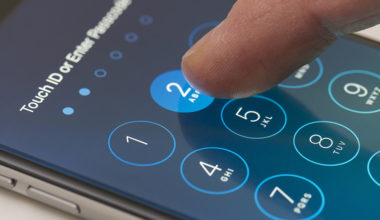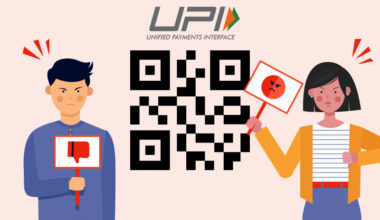Introduced on 11th April 2016, UPI (Unified Payments Interface), UPI is a payment system developed by the National Payments Corporation of India (NPCI). UPI was initially set up by the Reserve Bank of India (RBI) and the Indian Banks Association (IBA).
PPI (Prepaid Payment Instruments), on the other hand, is a tool that helps to facilitate the purchase of services and goods against the value stored on a card or device.
This blog explains the difference between these two concepts in detail.
What is UPI?
UPI is like a special tool on your phone that helps you send money to your friends or buy things from a store without needing to use cash or cards. It’s like having a secret code that lets you move your money around safely and quickly, just by tapping a few buttons on your phone. So instead of giving coins or paper money, you can use UPI to do it all digitally, making it easy and convenient for everyone!
Some key highlights of the UPI system are:
- UPI stands for Unified Payments Interface.
- It is a real-time payment system developed by the National Payments Corporation of India (NPCI).
- UPI allows users to instantly transfer money between bank accounts using their smartphones.
- Users can link multiple bank accounts to a single UPI ID.
- Transactions can be initiated 24/7, including weekends and holidays.
- UPI enables various types of transactions, including peer-to-peer transfers, bill payments, and merchant transactions.
- It provides a secure and convenient way to make digital payments without the need for bank account details.
- UPI offers a single click 2-factor authentication- aligned with regulatory guidelines, provides for strong features of seamless single click payment
- Utility bill payments, QR code-based payments and over-the-counter payments can be easily made with UPI
What is PPI?
PPI, or Prepaid Payment Instrument, is a financial tool that enables users to preload funds onto a card or digital wallet for future transactions. Unlike traditional debit or credit cards linked to a bank account, PPIs allow individuals to manage their spending without the need for a formal banking relationship. Users can load money onto the PPI and use it for various purposes, such as online purchases, bill payments, or peer-to-peer transfers.
PPIs provide a convenient and accessible way to make digital payments, particularly for individuals who may not have access to traditional banking services. They are regulated by the Reserve Bank of India to ensure consumer protection and the security of transactions.
Some key facts about PPI are:
- PPI stands for Prepaid Payment Instrument.
- It is a form of electronic payment that allows users to store funds in advance.
- PPIs can be physical cards (like prepaid debit cards) or digital wallets.
- Users load money onto the PPI, which can then be used for various transactions.
- PPIs are often used for online shopping, bill payments, and money transfers.
- They offer convenience and flexibility, especially for those without traditional bank accounts.
- PPIs are regulated by the Reserve Bank of India (RBI) to ensure consumer protection and security.
What is the Difference Between UPI and PPI?
| Aspect | UPI | PPI |
|---|---|---|
| Full Form | Unified Payments Interface | Prepaid Payment Instrument |
| Type | Real-time payment system | Preloaded payment tool |
| Initiation | Linked directly to bank accounts | Funds preloaded onto a card or digital wallet |
| Usage | Bank-to-bank transfers, merchant payments | Online purchases, bill payments, peer-to-peer transfers |
| Security | Uses secure authentication methods | Regulated by RBI for consumer protection |
| Accessibility | Requires a bank account | Accessible to those without traditional banking services |
PPI (Prepaid Payment Instrument) and UPI (Unified Payments Interface) are digital payment systems, yet they differ in functionality. PPIs like prepaid cards or mobile wallets require preloaded funds for transactions and are independent of bank accounts, catering to those without traditional banking access. Conversely, UPI enables instant bank-to-bank transfers directly linked to users’ accounts via a smartphone app, eliminating the need for preloading. PPIs suit individuals seeking convenient prepaid options, while UPI facilitates seamless real-time transactions between bank accounts, offering broader financial inclusivity and accessibility in the digital payment landscape.


